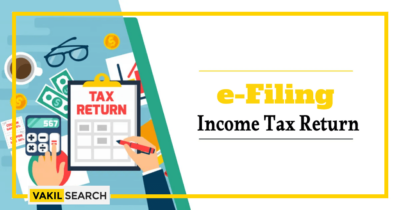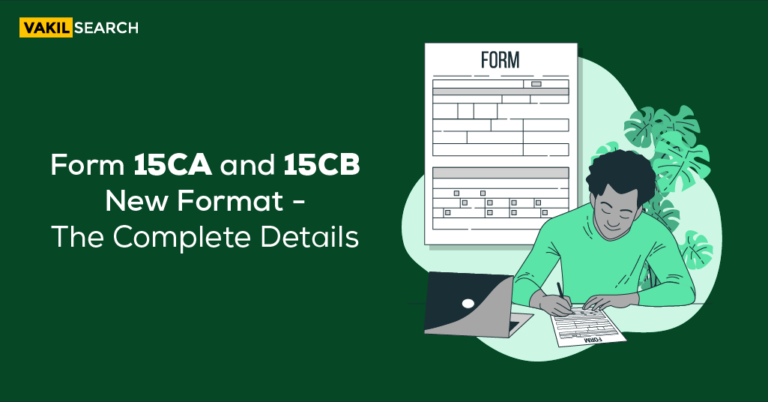Simply put, superannuation is retirement. A superannuation plan is a retirement-benefit programme that an employer offers to its employees to give them the advantage of a regular pension once they retire. Read this blog to know more about this.
A financial benefits programme for staff members of an organisation after retirement is known as a superannuation plan. Another term for something like a superannuation fund is a pension plan. A superannuation account allows money to grow tax-free up until pension or withdrawal.
Superannuation is a retirement benefits scheme for employees, just like provident funds. Employees may use the money in their superannuation accounts when they cannot continue working. If an employee takes retirement or passes away, family members may use the funds. The funds will support the family members if the worker has a medical emergency.
Superannuation Benefit Types
Based on the investments and benefits it provides, superannuation benefits in India are categorised into the following categories:
-
Plan types with defined benefits
As the name implies, the benefit received under these superannuation arrangements is predetermined and is not dependent on plan participant contributions. A predetermined reward depends on various parameters, including the number of years of employment with the company, pay, and the age at which the employee begins to receive the benefit.
Because of how complicated this is, the employer assumes the risk of producing this benefit. Each time an eligible employee retires, they are paid a predetermined sum based on a pre-established formula.
-
Plans with defined contributions
This superannuation benefit contrasts with limited benefits. The defined benefit plan has a fixed benefit that is fixed and already decided.
In contrast, a defined contribution scheme has a fixed donation and a benefit associated primarily with contributions and market forces. Considering that the employee doesn’t know how much they will receive at retirement, this benefit is easier to handle.
How Does Superannuation Work?
The employers make a contribution to the group superannuation policy that they own on behalf of the employees as a superannuation benefit.
Organisations either manage superannuation funds through their trusts, open a superannuation benefit fund with any of the authorised insurance companies, or purchase the product from insurance companies like ICICI’s Endowment superannuation plans or LIC’s New Group Superannuation Cash Accumulation Plan, etc.
The company must contribute a set percentage of each employee’s base salary and dearness allowance (up to 15%), which must be the same for each group of employees. Although the employer contributes, superannuation should ideally be entailed in the cost to the company (CTC).
Make tax planning a breeze – Our Salary Tax Calculator offers accuracy and convenience for strategic financial decisions.
Employees may also choose to contribute additional funds voluntarily in the context of defined contribution plans. The employee may withdraw up to one-third of the accrued benefit at retirement and convert the remaining portion into a regular pension. The remaining portion is then managed to keep in the annuity fund to receive annuity returns at predetermined intervals.
The ability to transfer superannuation funds to a prospective employer exists for employees who change jobs. The employee could cash the check if the prospective employer does not provide a superannuation plan, or they can decide to keep the money in the fund until retirement and withdraw it, as previously mentioned.
Choices for Various Annuity Types
The following are typical annuity choices:
- Payment terms include payable for life
- Payable for life guaranteed for 5 years, 10 years, or 15 years
- Payable for life with a return on capital
- Payable jointly on the lives of husband and wife.
Income Tax Advantages
Superannuation benefits, like any retirement benefits, offer income tax advantages to both the employer and the employee. Such advantages, however, are only available to authorised superannuation funds. According to the guidelines outlined in Part B of something like the Fourth Schedule of the Information Technology Act, the Commissioner of Income Tax must grant this authorisation.
As for the Employer
Contributions to superannuation funds that have been approved (by the income tax department) are deductible as business expenses, and self-managed trusts that belong to such funds are exempt from taxes on any income they earn.
As for the Employees
- Under Section 80C, an employee’s contributions to an authorised superannuation fund are deductible up to a total of ₹1.5 Lakhs
- The employee’s withdrawals, if any, are subject to taxation under the “Income from other sources” heading at the moment of employment change
- Any superannuation fund benefit received in the occurrence of death or injury is tax-free
- A superannuation fund’s interest is tax-free
- At retirement, one-third of the translated fund is completely tax-free; the remaining amount is tax-free if transmitted to an annuity; if the sum is taken, it is taxable to the employee
- A maximum of ₹1.5 lakhs of an employee’s contribution made by the employer is deductible. The surplus will, however, be taxed as a perquisite in the employee’s hands if the contribution reaches ₹1.5 lakhs.
The Newest Revision Announced in Budget 2020
Any payment that an employer makes for or on behalf of an employee to a recognised provident fund that exceeds 12% of the employee’s salary according to the existing rules of the income tax statute. Additionally, the employee sees any employer contribution to an authorised superannuation fund that exceeds ₹1.5 lakhs as a perk.
Similarly, the employee can deduct 10% of any other employer’s salary contributions and 14% of the Central Government’s salary contributions under the National Pension Scheme (NPS). Nevertheless, there was no cap on how much of an employer contribution an employee might get.
A combined annual maximum bond of ₹7.5 lakhs for employer contributions to NPS, RPF, and superannuation funds was declared in the 2020 budget, which was presented on 1 February 2020. Accordingly, any contribution the employer provides that is greater than ₹7.5 lakhs would be taxed as a perk in the employee’s hands.
So, to the extent that it pertains to the employer’s contribution, which is included to his total income, the interest, dividend, or any other revenue collected on these assets or sum in the financial year must also be recognised as a prerequisite.
Conclusion
An employee’s pension may include superannuation from their employer when they retire. The firm contributes to the fund at a predetermined amount based on the worker’s salary, age, and other variables. The employee has the option to withdraw and use this money after retirement. If you need any other information on Superannuation or related queries, contact us at Vakilsearch!
Also Read:










